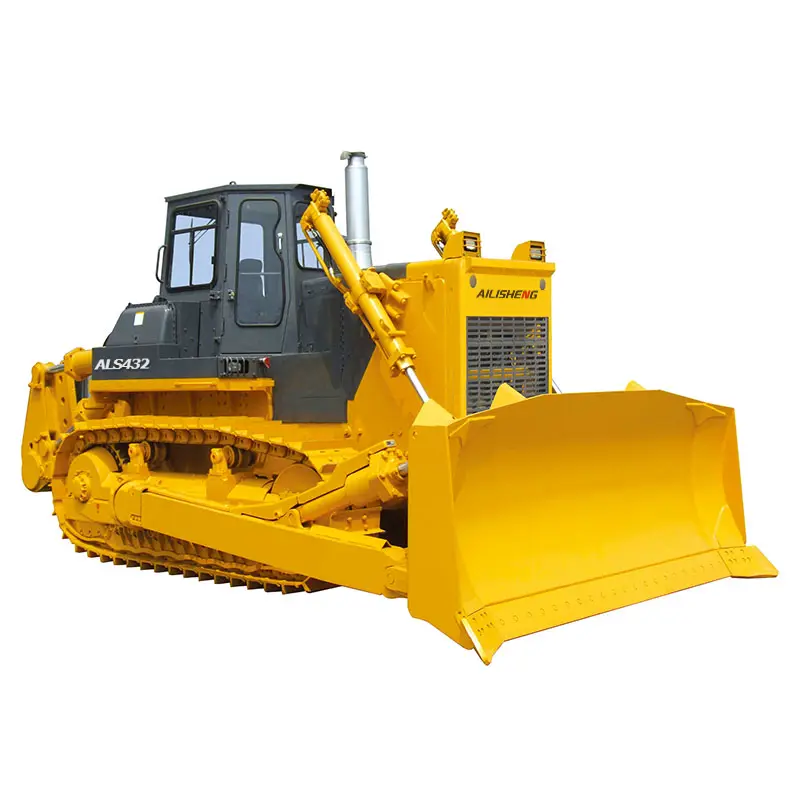Understanding the Lifting Capacity and Operating Range of Electric Compact Wheel Loaders
Electric compact wheel loaders are versatile and powerful machines that are widely used in construction, agriculture, and landscaping industries. Understanding their lifting capacity and operating range is crucial for optimizing their performance and ensuring safety on the job site. In this article, we will delve into the key factors that determine the lifting capacity and operating range of electric compact wheel loaders, as well as provide insights into how these machines can be effectively utilized in various applications.
Factors Affecting Lifting Capacity

The lifting capacity of an electric compact wheel loader is influenced by several key factors. The most significant factors include the machine's hydraulic system, the design of the loader arms, and the stability of the machine. The hydraulic system plays a critical role in determining the lifting capacity, as it provides the power necessary to lift and carry heavy loads. The size and design of the loader arms also play an important role in determining the machine's lifting capacity. Longer arms with a larger cross-sectional area are able to exert greater force and lift heavier loads. Additionally, the stability of the machine, including its weight distribution and the quality of its tires, directly impacts its lifting capacity. A well-balanced and stable machine is able to handle heavier loads more safely and efficiently.
The lifting capacity of an electric compact wheel loader is typically specified by the manufacturer and is expressed as a maximum load rating at a specific operating condition, such as a certain lift height and angle. It is important for operators to be aware of these specifications and to adhere to them to avoid overloading the machine, which can lead to safety hazards and machine damage.
Understanding Operating Range
The operating range of an electric compact wheel loader refers to the range of tasks and conditions in which the machine can effectively and safely operate. This includes considerations such as the type of terrain, the maximum travel speed, and the machine's maneuverability. Electric compact wheel loaders are designed to operate in a variety of conditions, from smooth, flat surfaces to rough, uneven terrain. The type of tires used on the machine significantly impacts its ability to traverse different types of terrain. Machines with heavy-duty, deep-tread tires are better suited for rough and uneven surfaces, while machines with smooth, low-profile tires are ideal for indoor and paved outdoor applications.
In addition to its terrain capabilities, the operating range of an electric compact wheel loader also encompasses its maximum travel speed and maneuverability. These factors are particularly important for jobs that require frequent travel and precise positioning of the machine. Electric compact wheel loaders are known for their nimble maneuverability, allowing them to navigate in tight spaces and efficiently handle material in confined areas.
Optimizing Performance through Proper Equipment Selection
When considering the lifting capacity and operating range of electric compact wheel loaders, it is essential to select the right attachment and equipment for the task at hand. Various attachments, such as buckets, forks, and grapples, can be used to expand the capabilities of the machine and optimize its performance for specific applications. When selecting attachments, it is crucial to consider the machine's lifting capacity and operating range, as well as the type of material being handled and the desired outcome of the task.
For example, when working in construction, a bucket attachment is commonly used for loading and transporting loose material, such as sand, gravel, or dirt. The size and capacity of the bucket should be compatible with the machine's lifting capacity, and the type of terrain and material being handled. Additionally, when operating in agricultural settings, fork attachments are often used to handle palletized goods, bales, or other bulky items. Using the right attachment not only enhances the machine's performance but also ensures the safety of the operator and those working in the vicinity.
Training and Safety Considerations
Proper training and adherence to safety protocols are paramount when operating electric compact wheel loaders. Operators should be trained on the machine's lifting capacity and operating range, as well as the safe use of attachments and equipment. Additionally, it is essential to follow best practices for machine maintenance and inspection, as well as to be aware of the machine's limitations in different operating conditions.
Furthermore, understanding the stability and tipping points of the machine is crucial to prevent accidents and ensure operator safety. Electric compact wheel loaders have a low center of gravity and are designed to be stable, but it is still important to be mindful of the machine's stability when operating on uneven terrain or when handling heavy loads. Operators should be trained to recognize potential hazards, such as tipping and rollover situations, and to take precautionary measures to mitigate risks.
In summary, understanding the lifting capacity and operating range of electric compact wheel loaders is essential for maximizing their performance and ensuring safety on the job site. Factors such as the hydraulic system, loader arm design, and machine stability directly impact the machine's lifting capacity, while considerations such as terrain capabilities, travel speed, and maneuverability define its operating range. By selecting the appropriate attachments and equipment, providing proper training to operators, and adhering to safety protocols, electric compact wheel loaders can be effectively utilized in various applications, contributing to increased productivity and efficiency in various industries.
